Not all fruits stick to one shade—some naturally appear in more than one color, offering a striking visual contrast that mirrors their subtle differences in taste and texture. Red and green are among the most common and appealing of these variations, standing side by side in markets, orchards, and kitchen tables alike.
This natural color diversity often hints at differences in ripeness, flavor intensity, and sometimes even nutritional content. Exploring fruits that come in both red and green is like discovering two personalities of the same fruit—each with its own charm.
In this post, we’re highlighting a vibrant selection of red-and-green fruits to show how beautifully nature plays with color, and how those differences can surprise your senses.
1. Apple
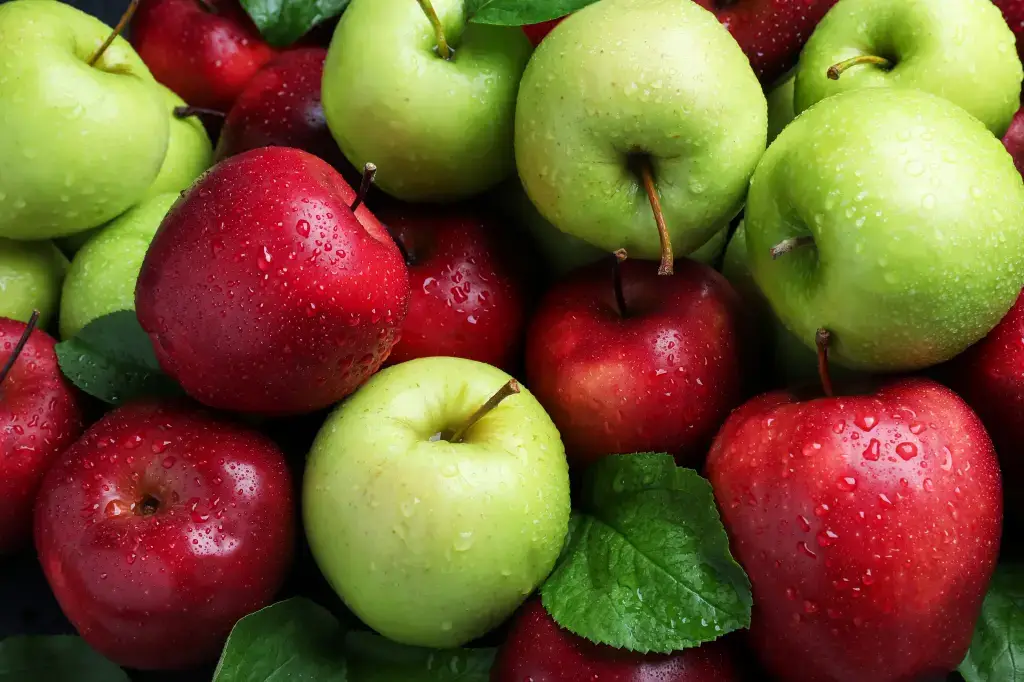
Apples are one of the most iconic examples of color diversity in fruit. Green varieties like Granny Smith are prized for their crisp texture and tart flavor, often used in baking or salads. On the red end, Red Delicious, Fuji, and Gala offer a sweeter profile with softer flesh. The color difference often signals not just taste but sugar content, acidity, and even antioxidant levels—red-skinned apples typically contain more anthocyanins, a class of flavonoids with antioxidant effects.
2. Grape
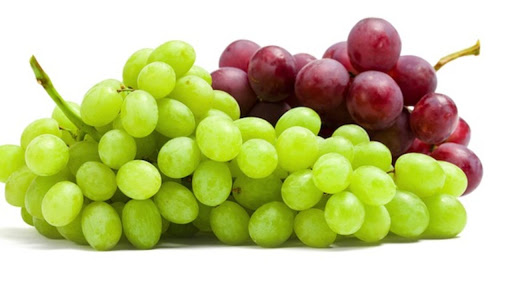
Grapes show a wide chromatic spectrum, from the pale green of Thompson Seedless to the rich red and purplish hues of Flame and Red Globe. The green types are usually sweeter and commonly used as table grapes or for raisins. Red and purple grapes, often more complex in flavor, are frequently used in winemaking due to their higher tannin and skin pigment content. Interestingly, both red and green grapes belong to the same species (Vitis vinifera)—their color comes down to specific cultivars and pigment expression.
3. Pear
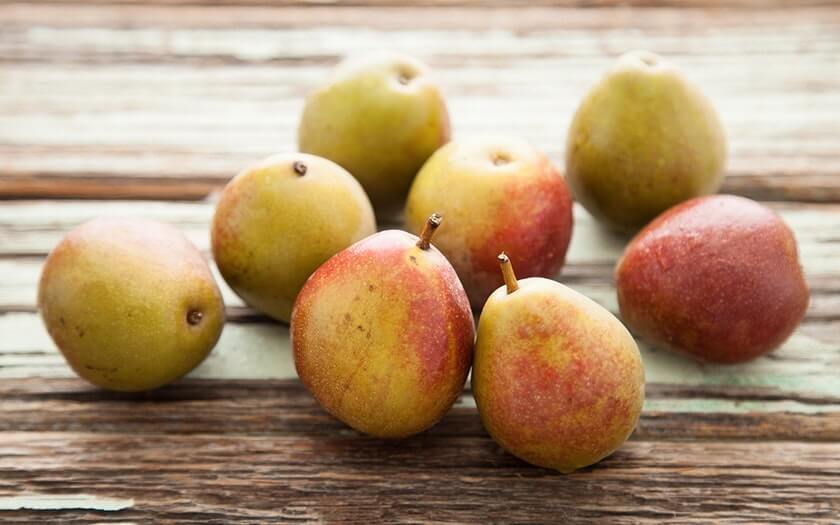
While Bartlett and Anjou pears sport classic green skins that mellow into yellow as they ripen, varieties like Starkrimson or Red Bartlett come in deep red shades. The red hue doesn’t significantly alter the taste but offers visual appeal and slightly more antioxidants in the skin. Pears ripen from the inside out, so color alone isn’t always the best ripeness cue—gently pressing near the stem is a better test.
4. Guava
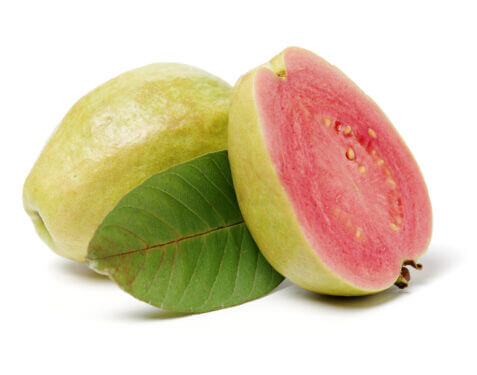
Guavas are among the most visually deceptive fruits. The skin is typically green, but some types—especially as they mature—may blush with red or turn golden. More notably, the flesh inside can range from white to deep pink or red, depending on the variety. Red-fleshed guavas (like the ‘Ruby Supreme’) are often sweeter and softer, whereas white-fleshed ones can be firmer and more tart.
5. Mango
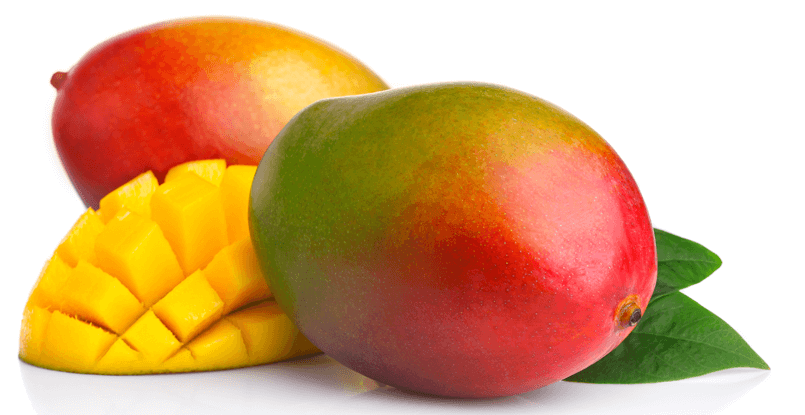
Mangoes start off green across nearly all varieties. Some, like Kent or Tommy Atkins, develop reddish, orange, or even blush-pink skin as they ripen. Others, like Ataulfo, may stay mostly yellow. Color is not always a reliable indicator of ripeness—feel and aroma matter more. The green stage is popular for pickling or eating raw with salt and chili in many cultures, while the red/ripened phase is reserved for fresh eating or juicing.
6. Plum
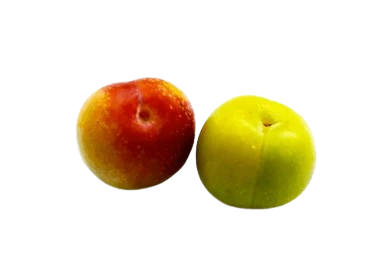
Plums cover a surprising color range, with Greengage types staying green even when ripe—dense and sugary-sweet, they’re a hidden gem among stone fruits. Other cultivars mature into rich reds, purples, or almost black hues. Red or purple plums tend to have more tannic skin and a slightly tart bite that balances the soft, juicy flesh.
7. Tomato
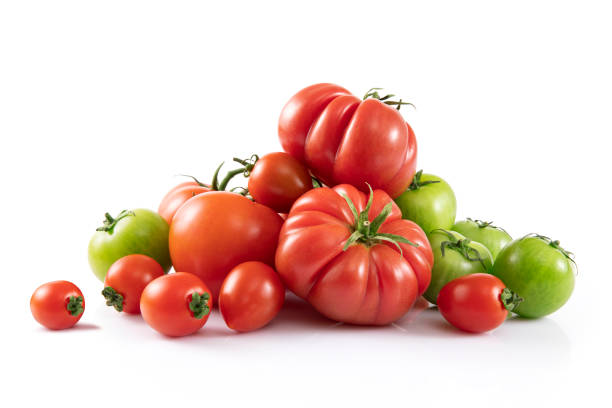
Though often mistaken for a vegetable, tomatoes are fruits that typically transition from green to red as they ripen. Green tomatoes are firm, tart, and used in pickling or frying. Red tomatoes, full of lycopene, become juicy, sweet, and acidic—ideal for sauces and salads. Some heirloom varieties remain green or have a mix of red and green streaks even when ripe.
8. Gooseberry
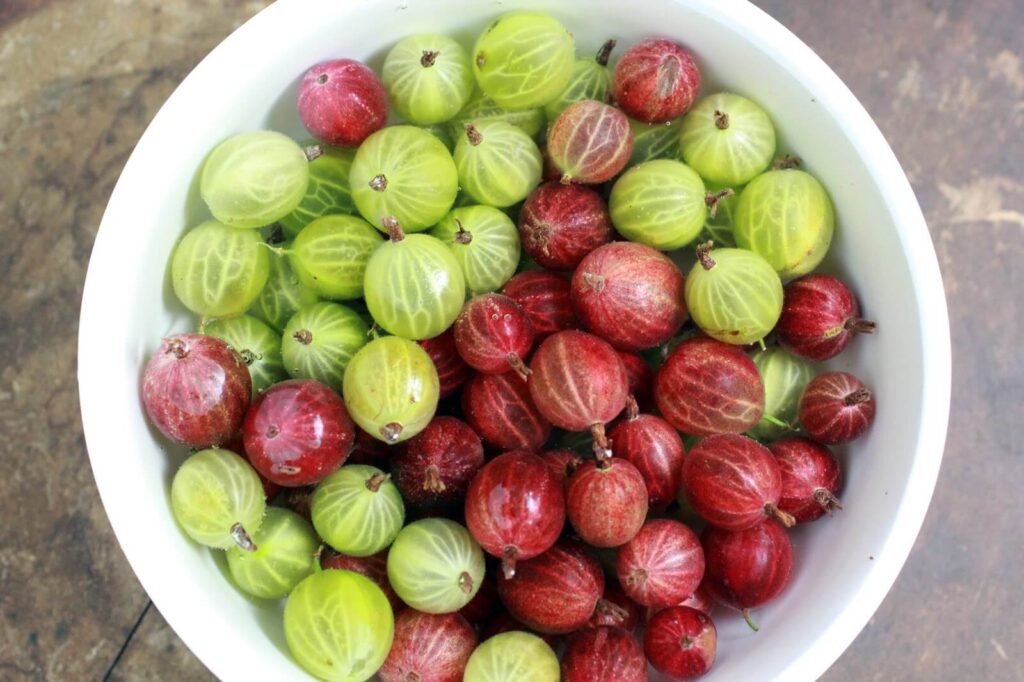
Gooseberries come in several shades depending on the species and cultivar. Green gooseberries are more tart and commonly used in pies or jams, while red or purple varieties tend to be sweeter and eaten fresh. Both contain high levels of vitamin C and are rich in pectin, making them excellent for preserves.
9. Chili Pepper
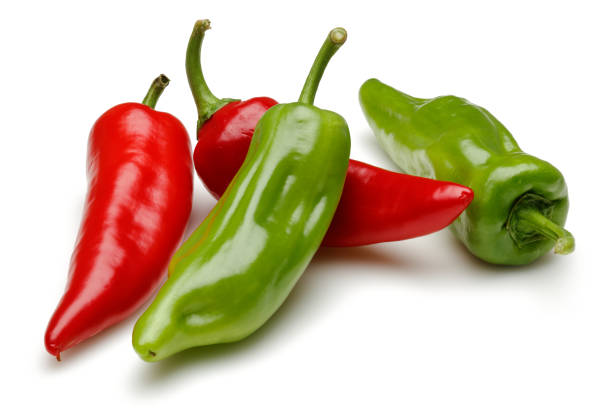
Chili peppers undergo a dramatic transformation in color as they mature. Most start green—crisp, slightly bitter, and vegetal in flavor—and then ripen into red, orange, or even purple. Red chili peppers are often hotter and more complex in flavor. Capsaicin levels generally increase with ripening, giving red chilies a stronger heat profile.
10. Cherry
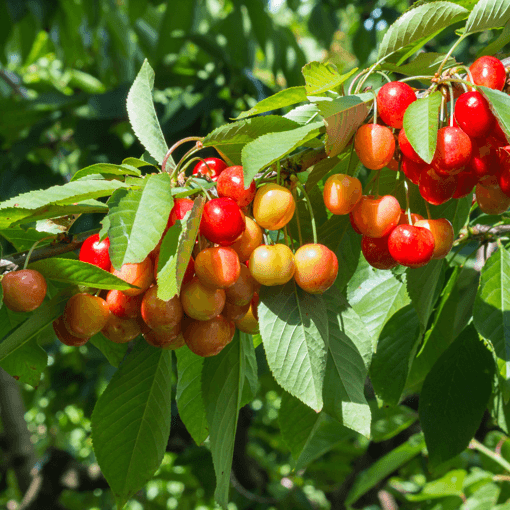
While many people think of cherries as red, some cultivars—like Rainier cherries—begin as green and ripen to yellow-blush or pale red. Others start green and deepen into a rich red or almost black hue. Color is a strong indicator of sugar content and flavor intensity, with darker varieties typically being more robust in taste.
11. Star Apple (Caimito)
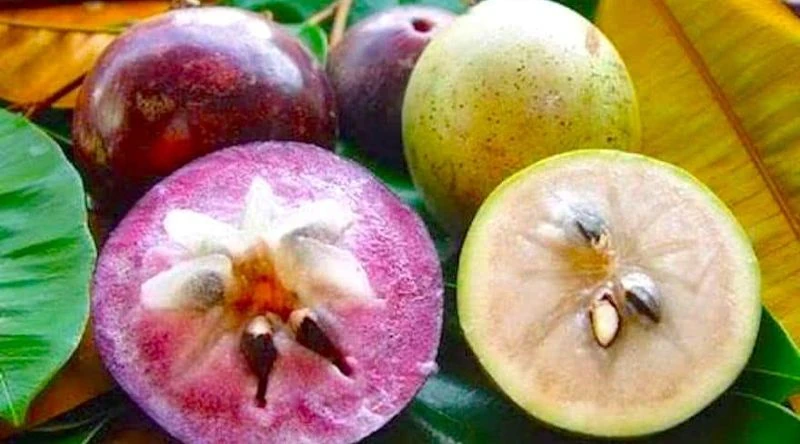
This tropical fruit can be found in green-skinned or reddish-purple varieties. The green type is often firmer with a more subtle sweetness, while the purple version is usually softer and more aromatic. Both have a striking star-shaped pattern in the translucent flesh when sliced, which gives the fruit its name.
12. Strawberry Tree Fruit
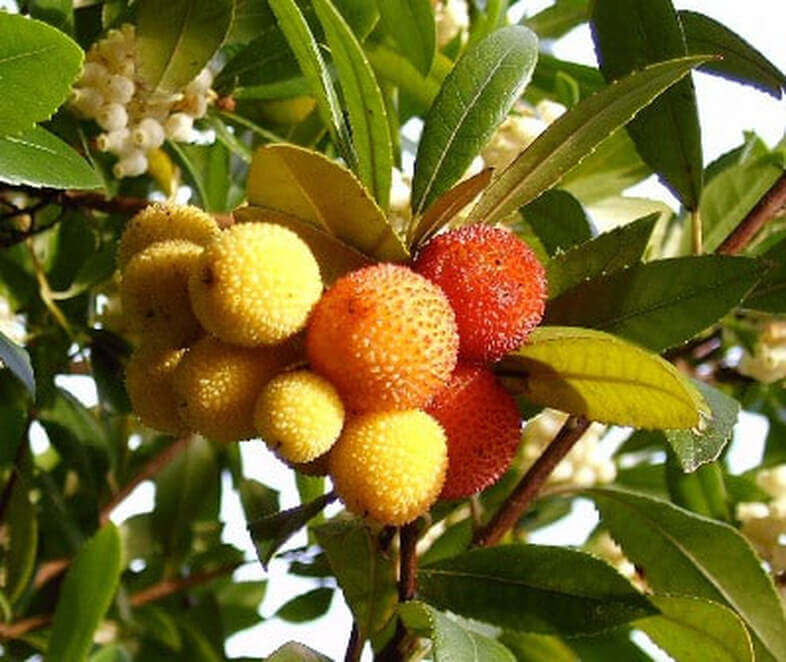
Unripe fruits are green, gradually turning yellow-orange and eventually deep red as they mature. Despite their name, these are not related to strawberries and have a gritty texture with a mildly sweet flavor. They’re more popular for ornamental value or making jams and liqueurs than for fresh eating.
13. Bell Pepper
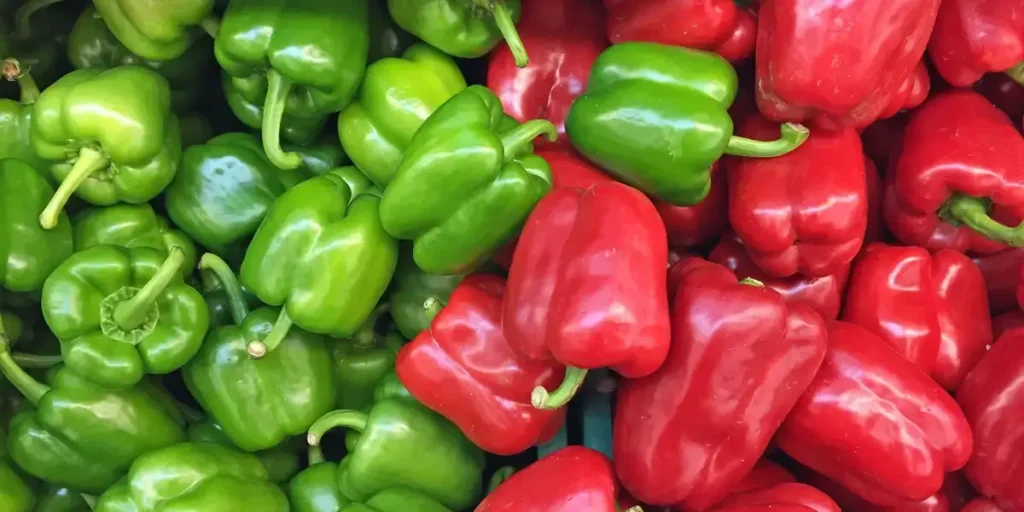
Bell peppers are a classic example of a fruit that dramatically changes color with maturity. All start green, but depending on the variety and ripeness, they may mature to red, yellow, or orange. Red bell peppers are sweeter and contain more beta-carotene and vitamin C than their green counterparts.
14. Cactus Pear (Prickly Pear)
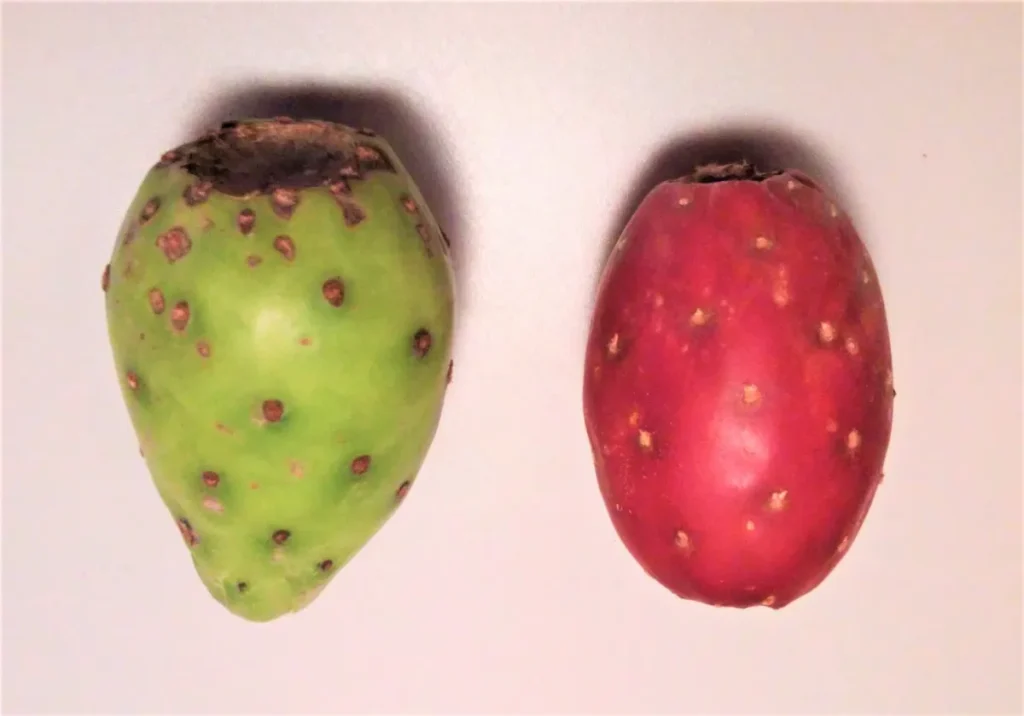
These fruits can be found with green, yellow, or reddish skin, and the inner flesh also ranges in color. Green-skinned varieties often have white or pale flesh and are mildly sweet, while red or purple varieties have more intense flavor and pigmentation.
15. Java Apple or Wax Apple
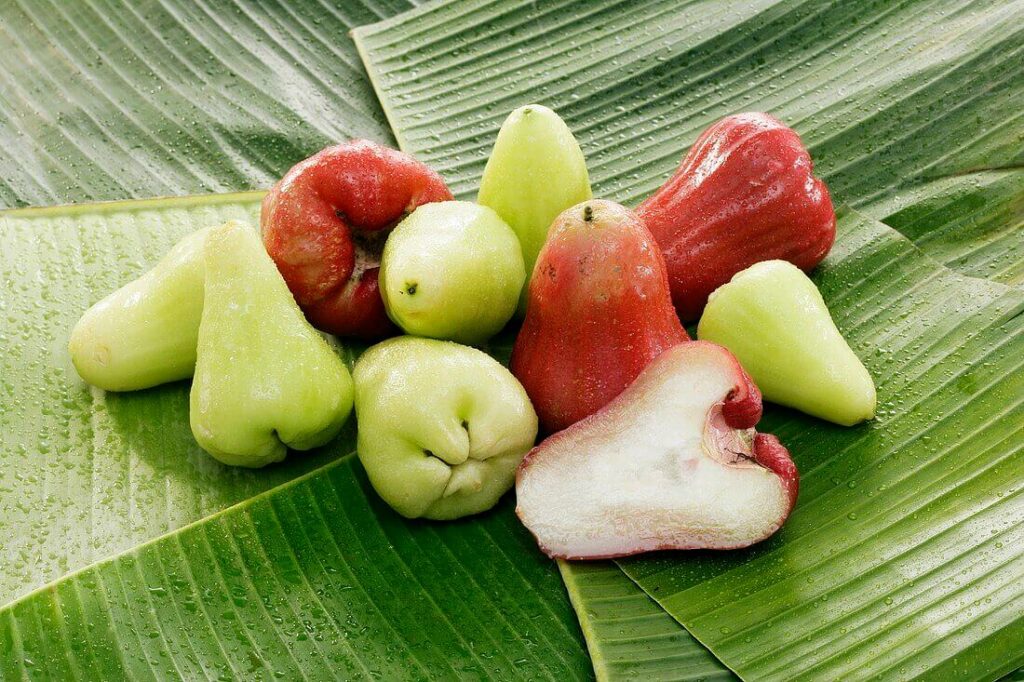
This bell-shaped tropical fruit comes in multiple hues—glossy green, pale pink, or deep ruby red. The red types are typically crisper and slightly sweeter, while green ones may have more moisture and a milder flavor. Despite the name, their texture is closer to that of watermelon rind than a typical apple.
16. Rambutan
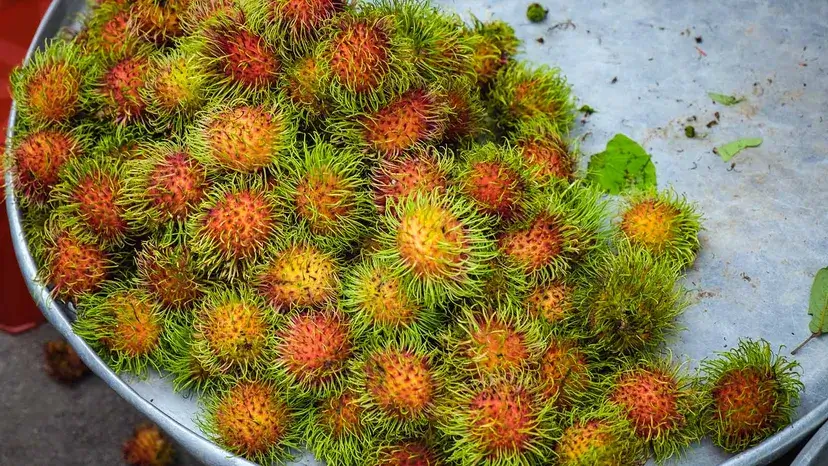
Rambutans begin as green and transition into a vivid red or sometimes yellow when ripe. The hairy exterior conceals a translucent, juicy flesh with a sweet, lychee-like flavor. The green stage is underripe and inedible, while full red indicates peak flavor.
17. Fig
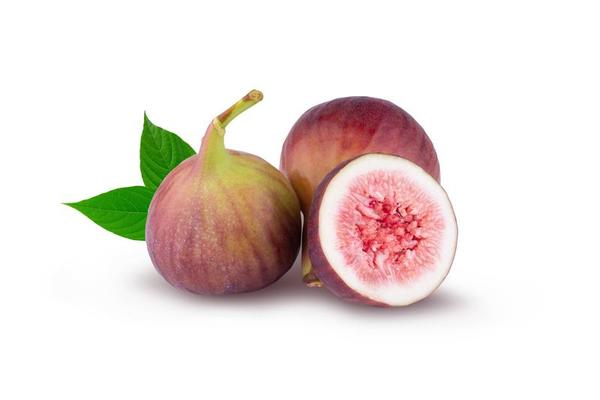
Many fig varieties begin green and turn red, brown, or purple when fully ripe. For example, Kadota figs remain greenish-yellow, while Mission figs darken into deep purple-black tones. A fig’s color is closely tied to its sugar content and ripeness—once picked, they don’t ripen much further.
18. Ackee
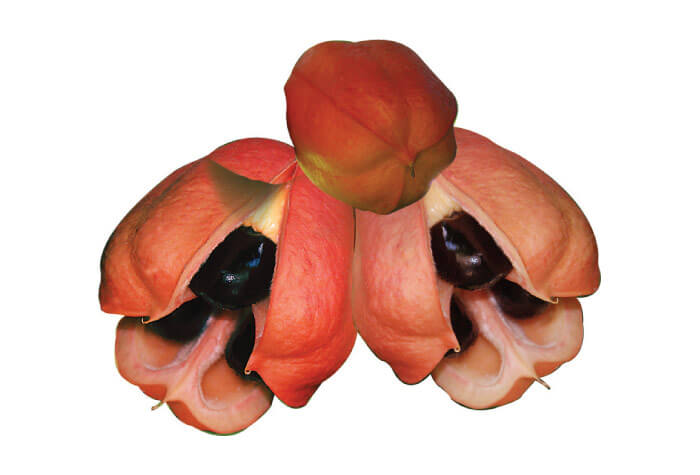
Ackee pods can be green when immature and shift to bright red as they ripen. The red stage signals that the fruit is ready to open naturally, revealing the creamy-white edible arils inside. It’s important to eat ackee only when properly ripe and cooked, as the unripe fruit contains toxic hypoglycin.
19. Tamarillo (Tree Tomato)
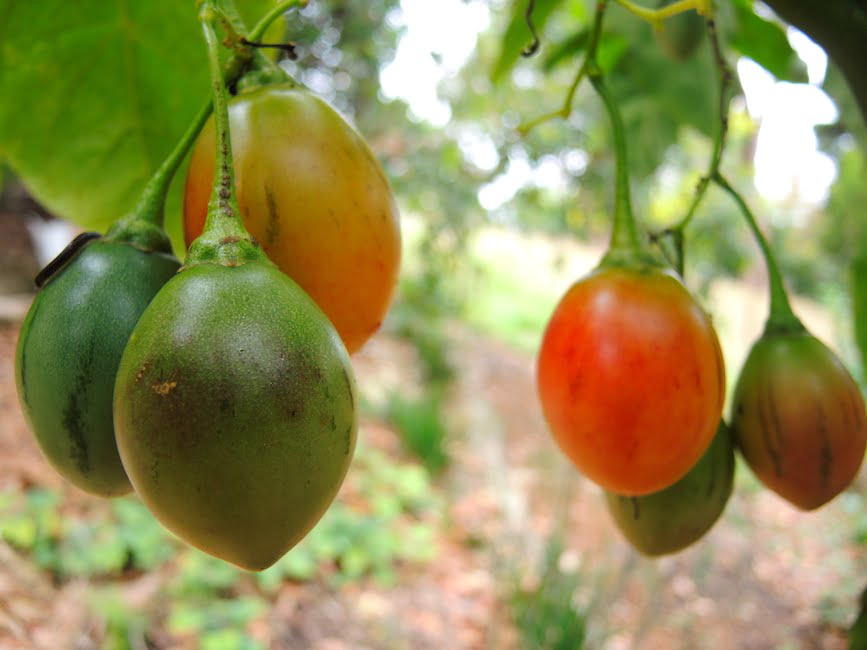
Tamarillos come in a range of colors. Green-skinned cultivars tend to be more acidic and sharper, while red or purple varieties are sweeter and more complex in flavor. They’re often used in chutneys, juices, or eaten raw with sugar or salt.
20. Indian Jujube
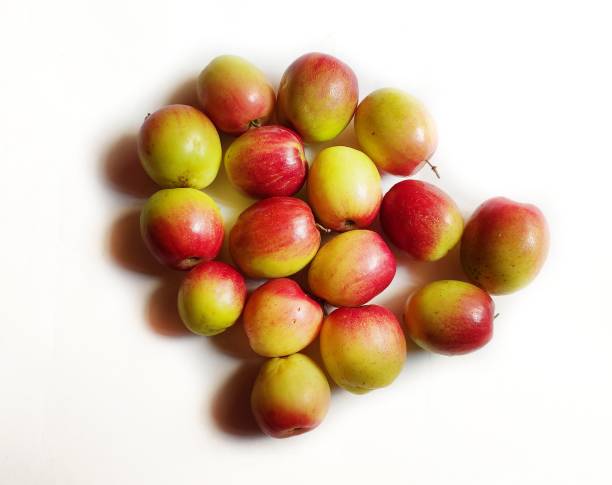
These fruits are green when young and ripen to a reddish or golden brown hue. The green ones are firm and tart, while the mature, red-brown fruits become sweeter and softer, making them suitable for snacking or drying.
21. Crabapple
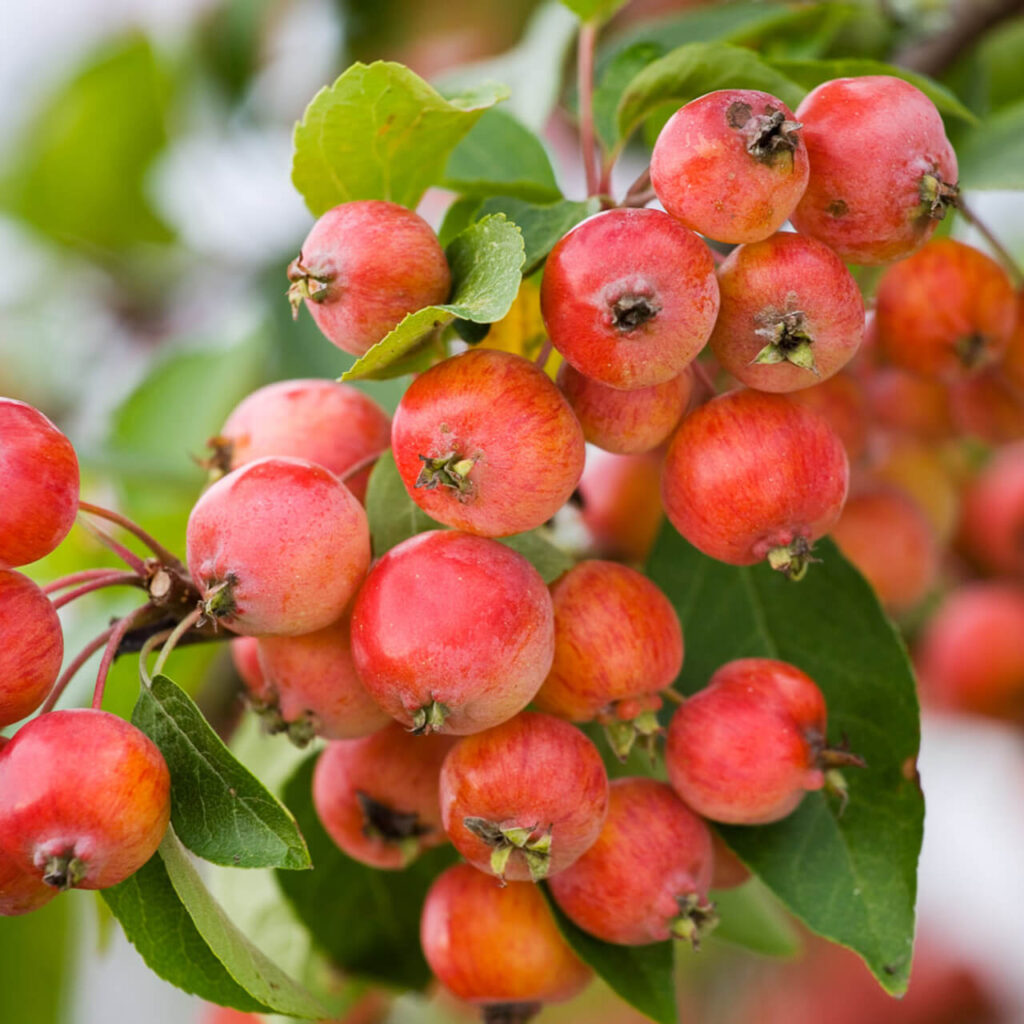
Crabapples display wide color variation depending on the variety. Some remain green, others turn bright red or deep purple. Though typically too tart to eat raw, they’re great for jellies and ornamental use. The redder varieties tend to have more appealing flesh color for culinary applications.
22. Bayberry
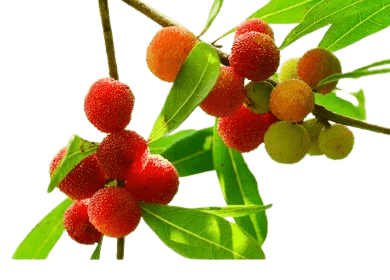
Bayberries begin green and ripen into deep red or almost black shades. The fruit is aromatic and resinous, used in traditional Chinese medicine and sometimes in making wax for candles. Its dual coloring reflects the stages of essential oil development.
23. Nance Fruit
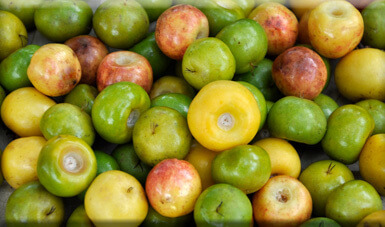
Nance fruit starts green and ripens to a golden-yellow or reddish hue, depending on the variety. Found in Central and South America, it has a unique musky flavor. While green nance is astringent and rarely eaten raw, the red or yellow ripe fruit is used in drinks, syrups, and preserves.
